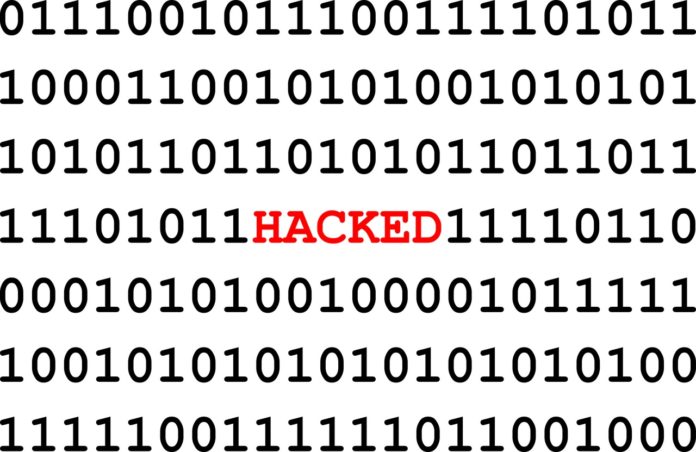Quantum computers are powerful enough that can break today’s most prevalent encryption technologies within seconds. Although, recent advances may soon give hackers access to machines powerful enough to crack even the toughest of standard internet security codes.
Now, a scientist at NUS has developed efficient “toolboxes” comprising theoretical tools and protocols for quantifying the quantum cybersecurity of high-speed quantum communication.
Quantum key distribution (QKD), a technology that allows the establishment of secret keys between two or more parties in an untrusted network. The most fascinating is its security is mathematically non-breakable. As QKD keys encrypt the data, it keeps data completely secure and resistant to any attacks. Thus, QKD is widely seen as the solution that will completely resolve the security threats posed by future quantum computers.
QKD innovation is generally developed and there are currently a few organizations offering QKD frameworks. Recently, specialists from China have figured out how to disseminate QKD keys to two ground stations found 1200 kilometers separated. Be that as it may, regardless of these real improvements and advances, functional QKD frameworks still face some inborn constraints.
One noteworthy constraint is the mystery key throughput — current QKD frameworks are just ready to transmit 10,000 to 100,000 mystery bits for every second. This constraint is to a great extent because of the decision of quantum data premise: numerous QKD frameworks are as yet utilizing low-dimensional data premise, for example, the polarization premise, to encode quantum data.
Asst Prof Lim, who is from the Department of Electrical and Computer Engineering said, “Poor secret key rates arising from current QKD implementations have been a major bottleneck affecting the use of quantum secure communication on a wider scale. For practical applications, such systems need to be able to generate secret key rates in the order of megabits per second to meet today’s digital communication requirements.”
Considering the problem, scientists now developed QKD system based on time and phase bases which allow for more secret bits to be packed into a single photon. Quite, the group had accomplished two secret bits in a solitary photon, with a secret key rate of 26.2 megabits for each second.
This promising approach is highly robust against typical optical channel disturbances and yet scalable in the information dimension. In this approach, secret bits are encoded in the arrival time of single photons, while the complementary phase states — for measuring information leakages — are encoded in the relative phases of the time states.
Scientists Asst Prof Lim said, “Our newly developed theoretical and experimental techniques have resolved some of the major challenges for high-dimensional QKD systems based on time-bin encoding, and can potentially be used for image and video encryption, as well as data transfer involving large encrypted databases. This will help pave the way for high-dimensional quantum information processing.”
Pushing ahead, the group will investigate approaches to create more bits in a solitary photon utilizing time-receptacle encoding. This will help propel the advancement of industrially practical QKD frameworks for ultra-high rate quantum secure correspondence.
